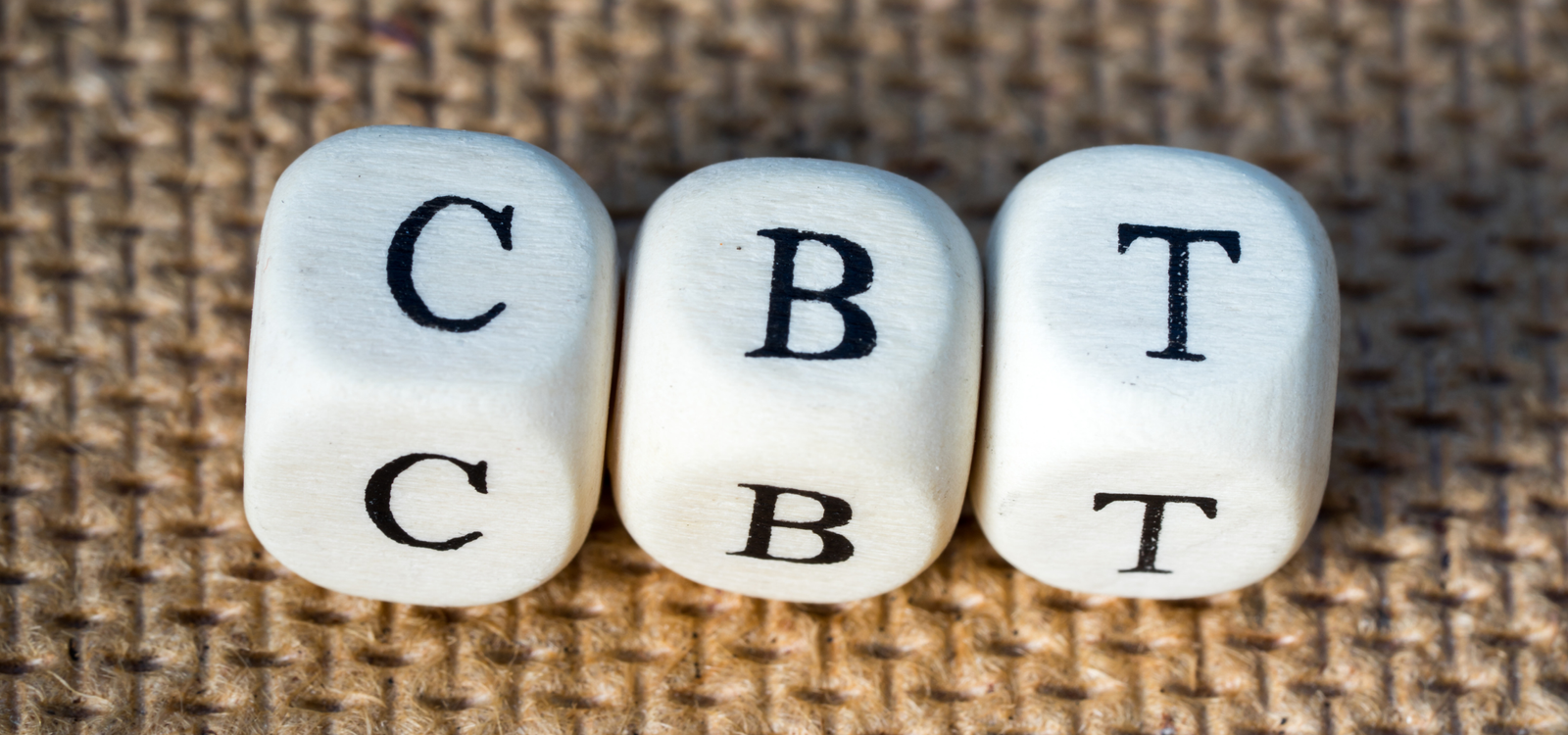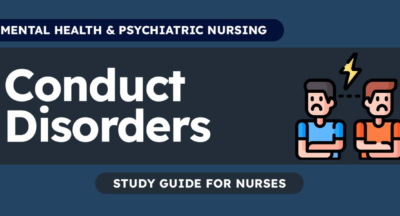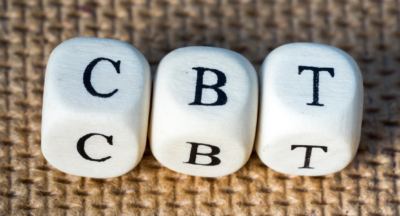
Understanding Cognitive Behavioral Therapy (CBT) and the Cognitive Model
What is CBT?
Cognitive Behavioral Therapy (CBT) is a widely used therapeutic approach that focuses on the relationship between thoughts, emotions, and behaviors. It is based on the belief that our thoughts influence our feelings and actions, and by changing our thoughts, we can change how we feel and behave.
What is the Cognitive Model?
The Cognitive Model is a key component of CBT. It provides a framework for understanding how our thoughts, emotions, and behaviors are interconnected. According to this model, our thoughts (cognitions) about a situation or event directly influence our emotional and behavioral reactions.
Understanding the Components of the Cognitive Model
Situation
In the Cognitive Model, a situation refers to an event or circumstance that triggers a response. It can be anything from a specific interaction with someone to a challenging life event. Situations can be external or internal, and they can vary in their impact on our thoughts and emotions.
Thoughts
Thoughts, also known as cognitions, are the beliefs, interpretations, or evaluations we have about a situation. These thoughts can be conscious or automatic, and they can be rational or irrational. Our thoughts shape our perception of a situation and influence our emotional and behavioral responses.
Reactions
Reactions are the emotional, behavioral, and physiological responses that follow our thoughts about a situation. In CBT, there are three types of reactions:
- Emotional reactions: These are the feelings or emotions we experience in response to our thoughts. For example, if we believe we have failed at something, we may feel sad or disappointed.
- Behavioral reactions: These are the actions or behaviors we engage in as a result of our thoughts. For instance, if we believe we are not good enough, we may avoid certain situations or procrastinate.
- Physiological reactions: These are the bodily sensations or changes we experience due to our thoughts. For instance, if we perceive a situation as threatening, we may experience an increased heart rate or sweating.
Role of Situation and Thought in Reactions
Both the situation and our thoughts about the situation can contribute to our reactions. The situation acts as a trigger, but it is our thoughts and interpretations that ultimately determine how we feel and behave in response to that situation. Our thoughts can either amplify or mitigate the impact of a situation on our emotional and behavioral reactions.
Examples of the Cognitive Model in Action
Here are five examples that illustrate the Cognitive Model:
- Situation: A friend cancels plans to hang out.
Thought: “They must not value our friendship anymore.”
Reaction: Feeling hurt and withdrawing from the friendship.
- Situation: Receiving feedback on a project at work.
Thought: “I’m a failure and will never succeed.”
Reaction: Feeling demotivated and avoiding future challenges.
- Situation: Giving a presentation in front of a large audience.
Thought: “I’ll embarrass myself and everyone will laugh.”
Reaction: Feeling anxious, trembling, and avoiding public speaking opportunities.
- Situation: Being stuck in traffic.
Thought: “I’ll be late, and everyone will be angry with me.”
Reaction: Feeling stressed, honking aggressively, and taking unnecessary risks to reach the destination on time.
- Situation: Receiving a compliment from a friend.
Thought: “They’re just saying that to be nice.”
Reaction: Feeling self-doubt and dismissing the compliment.
Conclusion
The Cognitive Model provides a valuable framework for understanding the relationship between our thoughts, emotions, and behaviors. By becoming aware of our automatic thoughts and challenging irrational beliefs, we can gain control over our emotional and behavioral reactions. Through CBT, individuals can learn to replace negative thoughts with more realistic and adaptive ones, leading to improved mental well-being and functioning.
Related Posts
Understanding Conduct Disorder Spectrum According to DSM-5-TR
What is Diagnostic and Statistical Manual of Mental Disorders-5-TR? The...
Exploring the Therapeutic Approaches: CBT, Sleep Therapy, Music Therapy, Meditation Therapy, Spiritual Therapy, and Play Therapy
Understanding Cognitive Behavioral Therapy (CBT) CLICK HERE FOR YOU TUBE...
Understanding Anxiety Disorders According to DSM-5-TR
What is the Diagnostic and Statistical Manual of Mental Disorders-5-TR? The...
Understanding Cognitive Behavioral Therapy (CBT) Principles
https://www.youtube.com/watch?v=cLYRV29mflM What is CBT? Cognitive Behavioral...






It is not a situation that affects our emotions and behaviors rather it is thoughts that influence our emotions and behavior. Situation is the anticipating event and situations results in thoughts. Negative thoughts trigger negative emotions which trigger negative behaviors. If negative thoughts are replaced with rational and realistic ones, then our behavior can be corrected but this is possible only when we are able to identify our negative thoughts.